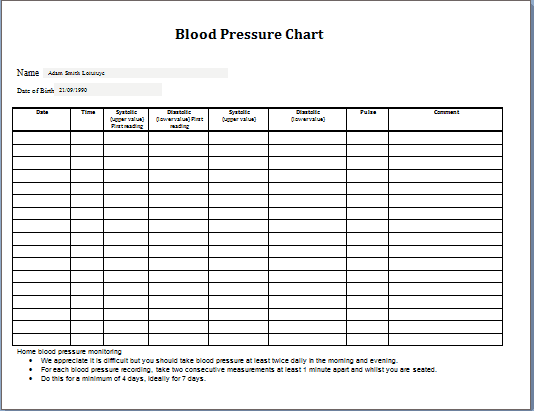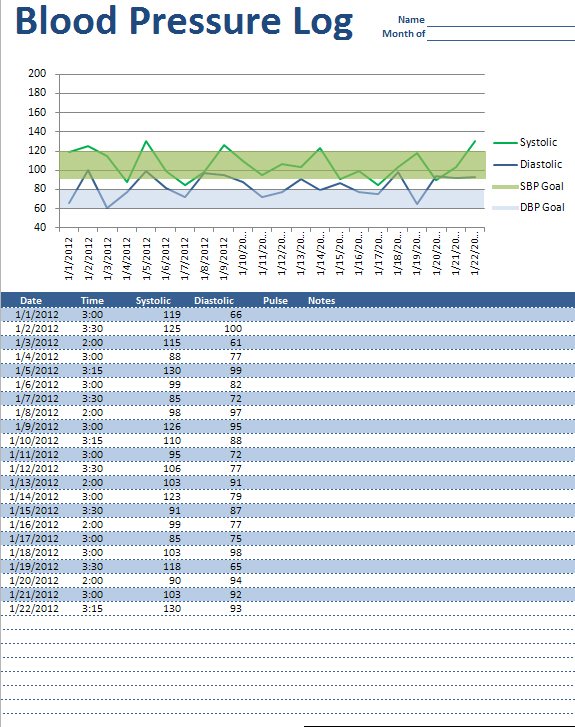
Keyboard and trackpad: The keyboard and trackpad should be tolerable and responsive, and neither input device should annoy you so much that you seek out an external keyboard and mouse.We recommend IPS (in-plane switching) screens because they have more accurate color and better viewing angles than TN (twisted nematic) panels. Screen: Models with a 1080p display (a resolution of 1920×1080) offer a clear image and more screen real estate than cheap 1366×768 screens.But 8 GB will allow you to more smoothly run multiple programs and browser tabs, and is a much better choice for a computer you’ll be using years from now. Memory: For less than $500, it’s uncommon (but possible) to find more than 4 GB of memory without sacrificing other important specs.We found these processors to be unusable with more than a single open app.

Avoid AMD processors like the dual-core A9 and steer clear of Intel Pentium and Celeron processors like the N4200 and N5000. The Core i3 and Ryzen 3 processors are fine for casual use and basic schoolwork but aren’t the best for multitasking the Core i5 and Ryzen 5 are faster and better at multitasking but rare in this price range. Processor: We recommend an 11th, 12th, or 13th generation Intel Core i3 or Core i5 processor or a 7000-series AMD Ryzen 3 or Ryzen 5 processor.But avoid Windows laptops with less than 64 GB of flash storage-you can’t even run Windows updates on them without an external drive. We found that having flash storage (ideally an SSD, but an eMMC or UFS drive will do in a pinch) instead of a traditional hard drive dramatically improved everyday performance, even more than a faster processor or more memory.



 0 kommentar(er)
0 kommentar(er)
